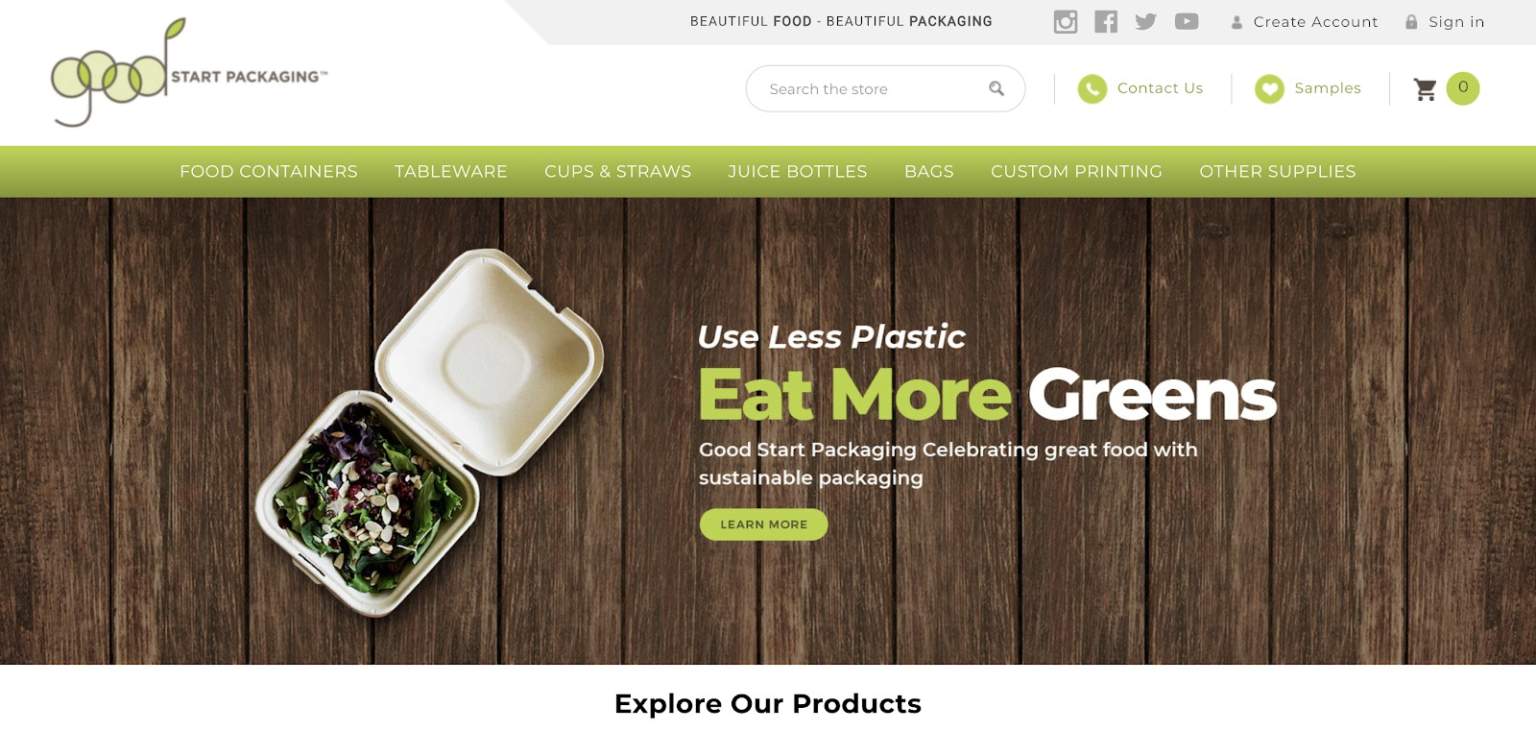The more things change, the more they stay the same.
But do they?
Not really.
Customer expectations are evolving, and B2B (Business-to-business) Ecommerce is shifting.
B2B eCommerce sales are expected to grow by 10% annually until 2023.
What’s more shocking?
Manufacturing was ranked among the least customer-centric sectors by customers.
So, what does that mean?
B2B Ecommerce businesses need to pivot to stay competitive while adjusting to customer expectations.
Businesses can no longer ignore the developing B2B eCommerce trends.
But that’s not all.
There’s a need for D2C (Direct-to-consumer) strategies in the B2B space.
D2C strategies can help B2b brands reach new customers, add new revenue streams and build loyalty with their current customers.
The catch?
Successfully implementing a D2C model requires creative thinking and clear strategies.
But is this really what customers want?
Let’s find out.
B2B Ecommerce—Can You Meet Customer Expectations?
The short answer is yes.
Increasing customer expectations means brands must deliver a positive customer experience.
Moreover, D2C strategies can also guide B2B companies.
Here are some interesting statistics on D2C customers collected over time:
- 61% would be willing to share more information with businesses if it meant a better customer experience.
- 54% expect a personalized discount within 24 hours of the first contact with a company.
- 51% view personalized experiences as necessary across a brand’s digital channels
- 42% deem fast and reliable service as the most crucial aspect when shopping online
But wait – there’s more.
91% of consumers and business buyers indicated that they would make a repeat purchase after a positive experience.
Interesting, isn’t it?
Let’s explore more trends that could explain these findings.
3 B2B Ecommerce Trend Shifts—There’s No Going Back
Buyer expectations about the B2B eCommerce experience are changing rapidly.
These shifts are changing how manufacturers and their suppliers do business.
Here are the three major shifts in B2B eCommerce trends:
Trend #1: Enhancing the digital customer experience
Customers now make their buying decisions based on their customer experience.
For eCommerce businesses, customer experience is particularly significant.
Moreover, the level of a brand’s customer experience is likely to determine its competitive advantage in the marketplace.
This is even more critical for eCommerce businesses.
As a B2B company, you need to consider all the digital touchpoints of your customers.
Think about it:
When B2B buyers are out of the office, they use their phones and other mobile devices.
When they go into work, they wonder why they can’t buy things as easily—such as office supplies or machinery for their warehouse.
B2B buyers want to have the option of seeing details about your products and get an idea about what it would be like to work with your company.
Trend #2: Direct-to-Consumer Sales
B2B brands are now accepting orders from customers directly.

Most B2B e-commerce companies are concerned about upsetting their dealer and distribution networks by adopting a D2C model.
They shouldn’t be.
This is a positive shift.
B2B eCommerce businesses can have more control over how customers experience their brand. Moreover, they can capture higher profit margins since they also control the customer base.
Trend #3: Managing Multiple Channels
B2B customers now expect to make their purchases at any time and across various channels.
The result?
B2B eCommerce businesses now need a multi-channel approach to meet these expectations.
While adding an extra sales channel may be overwhelming—at first, this may work for your retail partners.
The catch?
The proper execution of your D2C strategy.
B2B Ecommerce Trends—Taking The Leap from B2B to D2C
Here are 4 tips to help you navigate the move to a D2C Model while maintaining solid retail relationships.
1. Build Customer Relationships
With a Direct-to-Consumer relationship, you can offer enhanced after-sales service and support.
It gets better.
You can collaborate with your distribution and retail partners to protect and promote your brand.
As a B2B eCommerce business, you need to become more customer-centric for this to work.
Your business outlook will change.
As an online presence becomes more critical, outstanding customer experiences become more significant—irrespective of other business systems and processes.
Bottom line:
Irrespective of the model, customers want to have a positive relationship with the brands they purchase from.
The D2C model simply enhances the customer relationship.
2. Collect Customer Data
To make the transition to the D2C model, you need to find out individual buyer preferences.
Elements such as previous purchase patterns, customer locations, and preferences can help you target audiences, tailor messages and offers, and communicate effectively.
And that’s not all.
Selling directly on your eCommerce platform allows you to connect eCommerce marketing activities with historical customer behavior.
You’ll have more opportunities to upsell and cross-sell.
The first-hand knowledge of your buyers’ preferences also helps you minimize product returns and improve customer satisfaction.
As a B2B eCommerce business, you can also share what you learn with your distributors and retailers to improve customer experience.
3. Consider The Customer Experience
It’s essential to make your site’s browsing experience a pleasant one, as direct customers are less likely to be looking for a specific product.
Make your user interface enjoyable to engage with.
The personalization functionality and recommendations can aid users in product discovery. This process can ensure that your buyers find products that are relevant to them.
Consider also using more emotional content such as images and videos in your product information —to create an instant connection with your buyers. You can also use imagery and video showing your product in use.

An SEO-first approach is critical to ensure that your products appear against relevant and popular search terms.
Consider getting rid of technical sheets.
Instead, provide all information on web pages so that it is easily found through search engines.
A mobile-friendly design of your eCommerce store is critical.
The speed and performance of your platform are significant influences on a positive customer experience.
4. Build a Robust Technology Network
It’s crucial to innovate consistently.
The technology powering your eCommerce platform is as critical as the experience you design.
Instead of creating new technology, find a better cost-effective way to stay competitive and deliver a brilliant customer experience.
When you turn information from every transaction into actionable insights, you can respond faster to a changing market.
Consistently share your insights with your distributors and retailers. This action gives them confidence that your products and services are changing for the better.
Consider your payment process.
Your payment process must be seamless to avoid frustrating users and discouraging them from purchasing from you again.
Have flexible payment options that may not include B2B elements such as invoicing or having accounts. Ecommerce elements such as guest checkouts reduce friction and remove barriers to purchase.
If you get this aspect wrong, you risk losing out on significant revenue and profit.
Take the Leap and Scale
It is unavoidable.
Buyerss have higher expectations, and B2B businesses need to adapt.
B2B eCommerce businesses need to adopt some D2C elements to stay competitive.
While the reality is that B2B eCommerce businesses may face some challenges adopting a D2C model, it is possible.
Recent B2B eCommerce trends present an opportunity for B2B businesses.
Do you want to be left behind?
Probably not.
Partner with Zoovu today.


